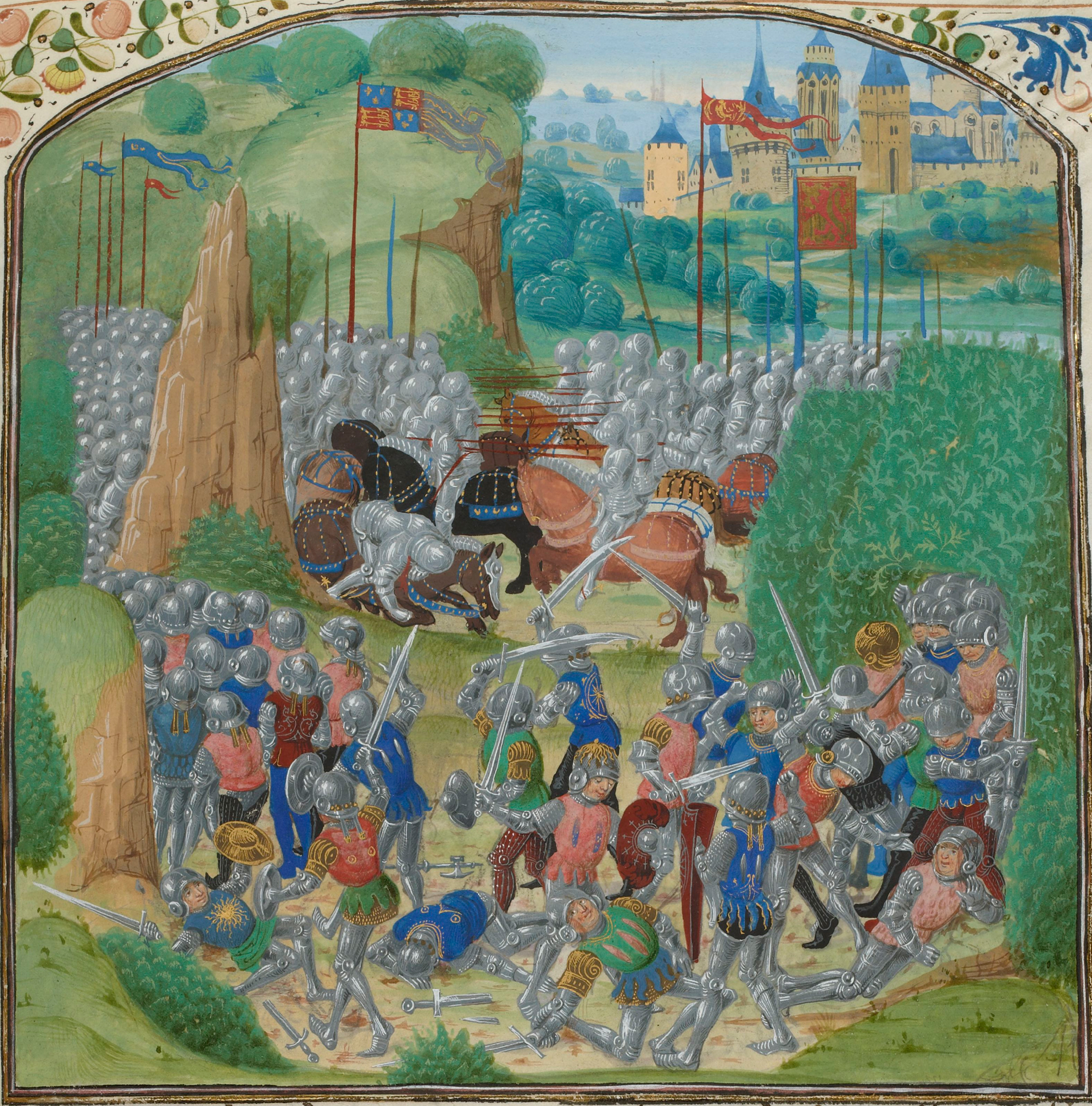|
Newminster Abbey
Newminster Abbey was a Cistercian abbey in Northumberland in the north of England. The site is protected by Grade II listed building and Scheduled Ancient Monument status. Ranulph de Merlay, lord of Morpeth, and his wife, Juliana, daughter of Gospatric II, Earl of Lothian, founded the abbey in 1137 and Saint Robert of Newminster from the Cistercian Fountains Abbey was appointed as the first abbot; he governed from 1138 to 1159. The year after its foundation, the abbey (at that time only a group of timber buildings) was burned in an attack by Scottish raiders. The Abbey construction resumed and in 1159 Abbot Robert died and was buried beneath the high altar. His tomb became a shrine and place of pilgrimage, and a number of miracles were ascribed to him so that eventually he was canonised. The abbey was located a short distance to the west of Morpeth, Northumberland, on the boundary between the lands of Ranulph de Merlay and Bertram of Mitford. Both these minor barons, and al ... [...More Info...] [...Related Items...] OR: [Wikipedia] [Google] [Baidu] |
Robert De Umfraville
Sir Robert de Umfraville KG, Lord of Redesdale ( 1363 – 1437) was a knight in late-medieval England who took part in the later stages of the Hundred Years' War, particularly against Scotland. The de Umfraville family had been influential in northeast England for centuries and also held major estates in Yorkshire. His ancestors were mormaers of Angus, and his nephew married into the Percies, a powerful local marcher family with whom de Umfraville was closely associated. Much of Sir Robert's career continued on the same path as his ancestors, being primarily focused on defending the border with Scotland, which had been in a state of near-permanent warfare since the late thirteenth century. Robert de Umfraville fought under three English kings. Beginning his career under Richard II, he probably fought at the Battle of Otterburn with Henry "Hotspur" Percy in 1388. After Richard was deposed by Henry IV in 1399, de Umfraville loyally served the new Lancastrian regime, waging ... [...More Info...] [...Related Items...] OR: [Wikipedia] [Google] [Baidu] |

